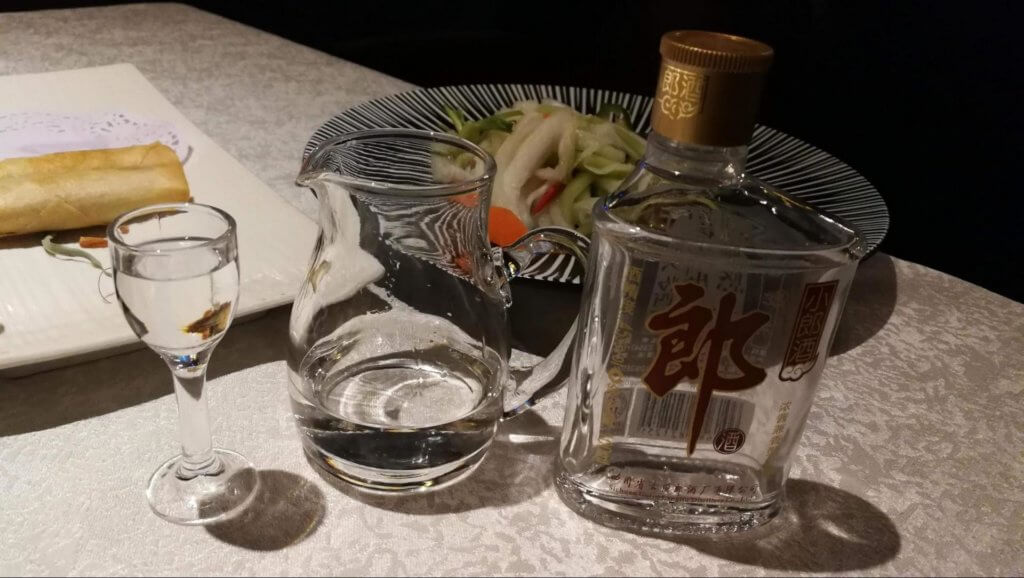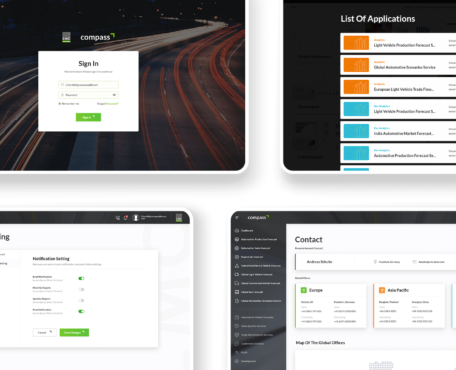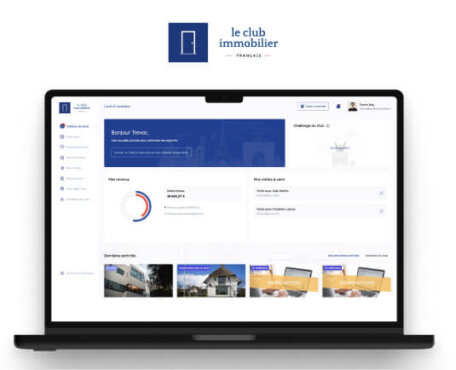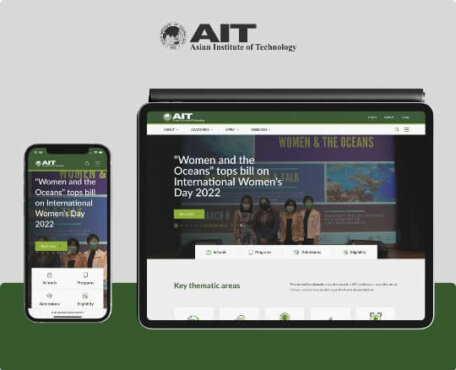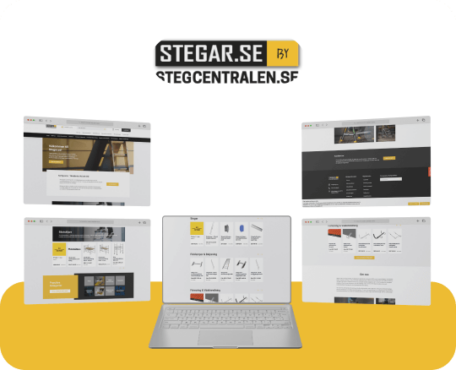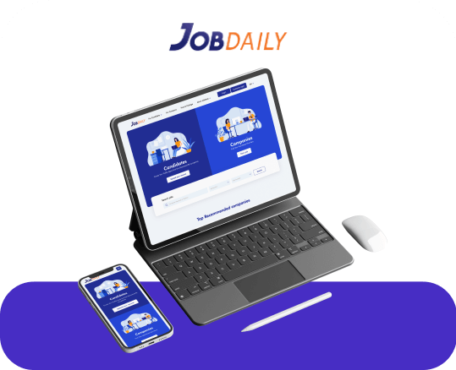Intro
We have now built up a great network of clients and contacts in the digital field. We receive inquiries from any business field, and lately we have answered a quite challenging one in terms of timeline and scope of work so we felt the will to share it with you.
We would like to introduce you to the world of global financial institution project requirements (if you don’t already know) and share with you our own experience with its pros and cons.
Here is the example of the project pitch we spent 1 month preparing to conclude with a final presentation.
This pitch was for AIIB, Asian Infrastructure Investment Bank, a multilateral financial institution based in Beijing, China.
The procurement process of Software development & IT services
⚡ Step 1: EOI
First of all an EOI, Expression Of Interest, for such a big scale project is not likely to be sent your way as it needs to go through a bidding process. Therefore you may need to do some research to have access to such documents – but let’s focus on how we answered this EOI.
Mainly, the concern here was the timeline, indeed an EOI usually needs to be answered quite fast so gather the right team members (we would advise as less as possible to make fast decisions) and consider it as a priority (it is usually good opportunities).
Once the team is gathered, the main concern becomes of course the understanding of the needs, as usually this is a big project but only a little information is being sent.
At this point, take some time to understand the request as much as possible and gather the right questions. As usually a very precise number of rounds of questions is allowed in this process, you will want to focus on the right questions.
Once these are answered, the last but not least problem, the budget..
Estimate
What kind of budget could that huge project possibly be?
Sure we can estimate the man day, the travel costs, the team involved, during approximately how long – but still, are we off the tracks as we are still lacking a lot of understanding?
Well yes, first taking a proper risk margin is necessary. Also knowing the customer wished several maintenance packages, including hiring our lead developer full-time during several months to walk their IT team through the project, we understood the scale of the project and the importance of the project to them.Last point, comply with their inquiry. Sounds a bit lacking in confidence, right?
Actually not, it is a smart move – First because this would show them you understood their requirements, and secondly, because otherwise this creates one big chance for you to get ruled out from the shortlist. Do not start to discuss how we could do better than their technology requirements etc. Discuss these details later – once the actual proposal has to be provided. And even here, be smart to show you understand, as our banking system consultant said, “Bend the rules, don’t break them” ⚡.
CV and proof of work
So we provided a response to this EOI, including a resume description of each team member (make sure the experience meets their requirements, think of a partnership with an experienced IT company if necessary). At this stage, it is important to answer with the best portfolio, team and a well prepared budget (not too high of course, but definitely not too low as they have minimum ranges they get suggested from their IT consultants so they could just rule you out in a finger clap, thinking the scope as not been understood nor complied with).
⚡ Step 2: RFP
The RFP, Request for Proposal comes after the EOI, once you have been shortlisted with your EOI.This is the time to focus on the details. The RFP will include more scope information but especially budget and timeline directives, which are usually based on the previous estimations sent by companies through the EOI.
This will allow you to frame in detail your functional and technical requirements and so the final financial proposal.
Functional & Technical proposal
No doubt, the PRD (Project Requirements Document) will be one you will have to spend a lot of time on. This PRD including functional and technical proposal will have to demonstrate in written the exact roadmap you are planning on taking in order to achieve the project.
Our technical proposal was constituted or the major parts: our firm introduction, functional & technical design description through use cases, features description, process workflows and PoC (that we will see right after), then the project schedule planned into phases, the chosen technology stack and architecture, the project delivery methodology (communication), the project structure (for both side, client and our firm), the SLA (Service Level Agreement) & support including the maintenance packages we were offering and finally the requirements list and compliance where we stated each compliance to each feature and request.
This seems pretty straight forward but remember to go into details; we were counting 55 pages.
When all the technical topics have been defined, rest to define the budget of it to make sure this fits the timeline.
Financial proposal
The Financial proposal is much shorter, only a brief summary of the different project milestones are needed (Consultancy, design, development milestones etc.) with the payment terms.
Small but important note, make sure to write down the total number in letters as well, this is quite sensitive for this kind of proposal to make sure of the full understanding of the budget and support planning budget.
PoC
Let’s make it clear, the Proof Of Concept is not the Prototype, the PoC needs to be final and working as opposed to a Prototype that is here to present the potential workflow of the project and that is subject to change (after User Experience monitoring on it for instance).
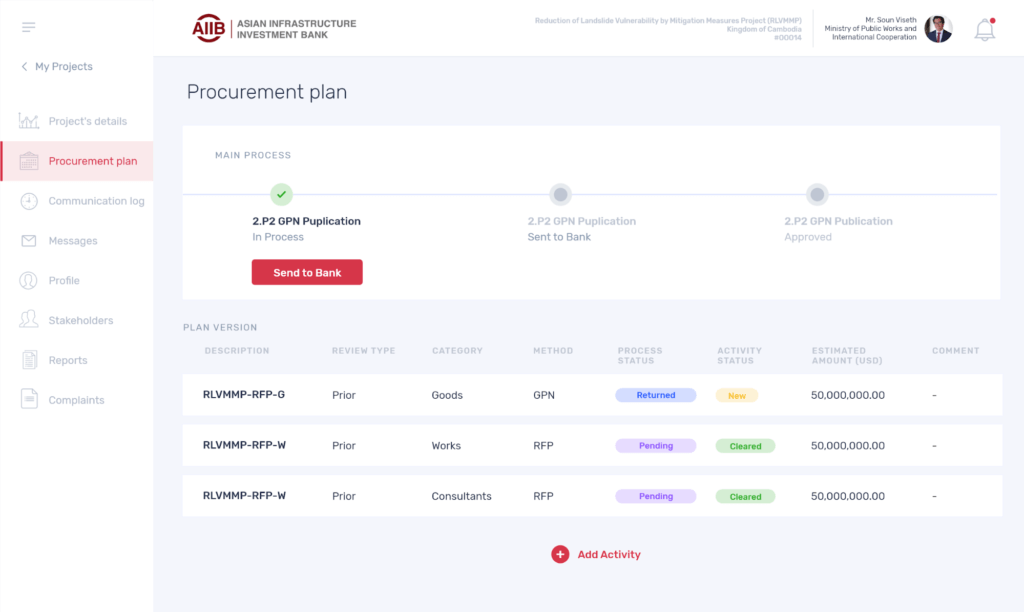
We designed ours while working on the “functional & technical design” section of the technical proposal – after defining the workflows, this actually helped detailing the technical writing.
This PoC is required by the client and trust me, you will want to make it right. This is a tremendous asset for your proposal, first to attract your audience at the first sight and second to prove your project compliances are accurate.
We built the PoC choosing a specific workflow of the project (of course, you won’t make a PoC of the whole project, this would be starting to create the project and so requesting weeks of work).
You will want to focus on a very important part of the project, a workflow that will truly interest the client to see – the core feature of the project perhaps.
So we designed a PoC with dummy data obviously but with an end design that was attractive and that we are used to developing. We animated this PoC to make it an actual usable PoC to prove we understood the project and to render a final idea of what the client will have – hence it is very important to make this one right as this will be a big part of the show in your final pitch!
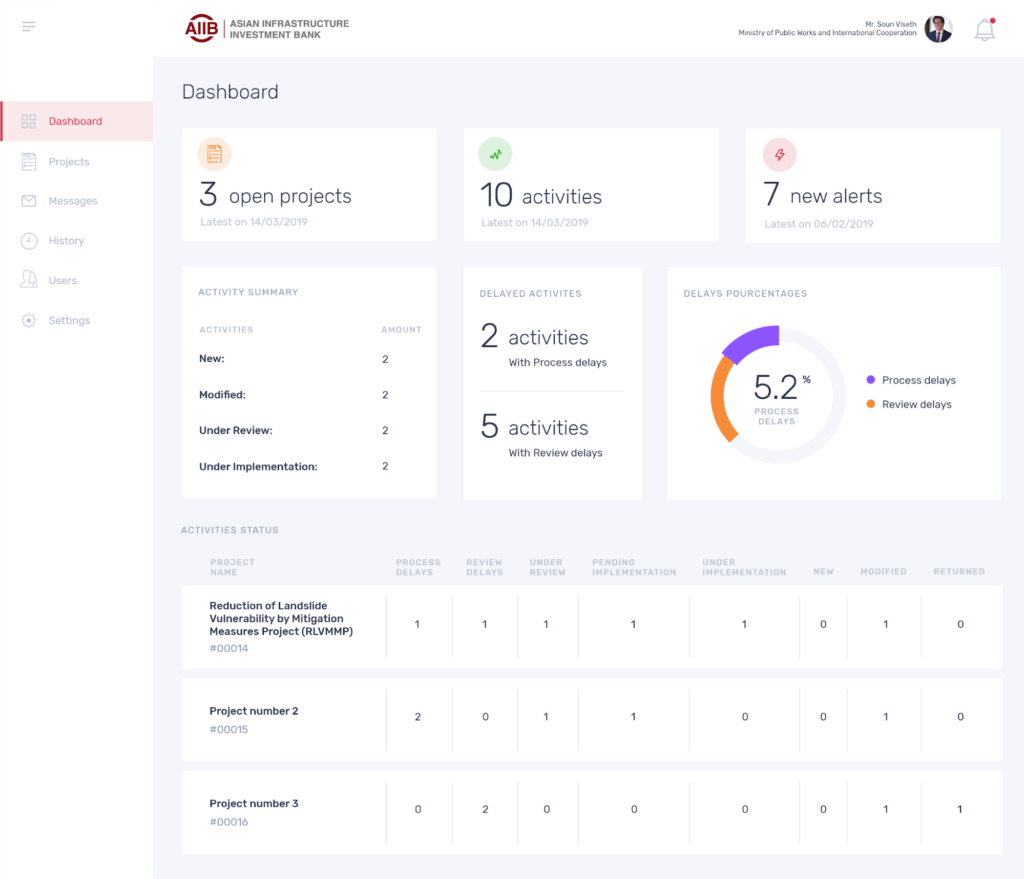
⚡ Step 3: Presentation (Pitch)
Here comes the decision time! It is important to think of a well structured, not too boring visual presentation (so not too much text).
The request here was to highlight the major parts of the project and focusing onto our past experience with such scope of work.
We prepared our presentation in advance by training ourselves to present in front of coworkers and our consultant in procurement processes for Investment Banks.
The idea of the presentation was to put in parallel pieces of some workflows and features of the procurement team requirement and what we have done similar in order to show that we are capable not only to achieve such, but also to understand what are these specific workflows and prevent what might be the difficulties.

The challenges and difficulties
Problems
Overall, the difficulties were known from the very beginning: the lack of details in the scope.
Not having a lot of details regarding the scope makes it really hard, even with one batch of question allowance maximum during the RFP, this is hard to cover each and every detail.
Therefore, from this lack of detail of the required scope, a timeline was hard to draw and so the costs were as well difficult to foresee.
Solutions
Considering the different MA offers, the undefined business trips needed and the right team to gather up, we had to plan approximate ETAs for our milestones and schedule sprints based on the hard deadline given by the procurement team.
A major point that helped us to overcome this problem was simple and yet time consuming: deep understanding of the project.
Indeed we studied not only the requirements but more precisely how Investment Banks operate and with what solutions in order to finally understand more precisely their needs. We believe this is the key to the solution.
Putting aside being extremely thorough on our research and documents and complying with the requirements, you need most importantly to know and understand the customer’s activity to then understand their needs!
The advantages
Finally, after a business trip to Beijing in order to present our solution, we unfortunately haven’t been selected as a local team from Beijing got the project awarded to them due to the distance (their team being located in Beijing as the client is).
Here, we have to say, do not expect to receive a fast answer (nor an answer at all..) on the decision made from the procurement team.
With the specific experience, after contacting them a few times through different channels, we have never received a final confirmation that we haven’t been awarded the project.
Despite a lot of patience and professional yet not strong follow up, they even stopped answering our phone calls at some points.
Anyhow, we considered it as a great perk as it allowed us to first grow our experience and also make some decisions on our business development. Being able to answer such requirements made us learn a lot and opened up a wider range of opportunity to our eyes.
Besides, traveling is always nice so, what do you have to lose? 🙂
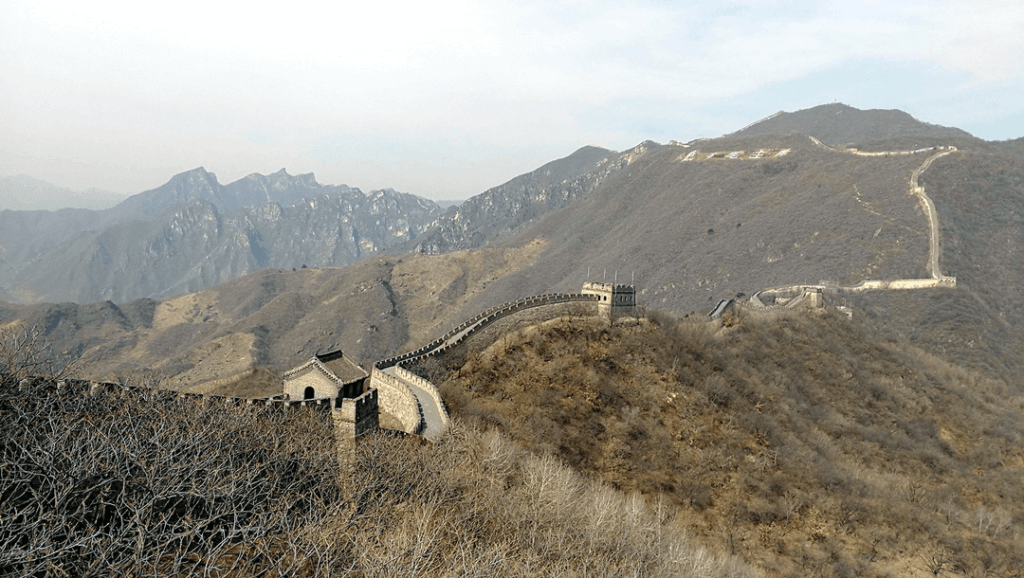
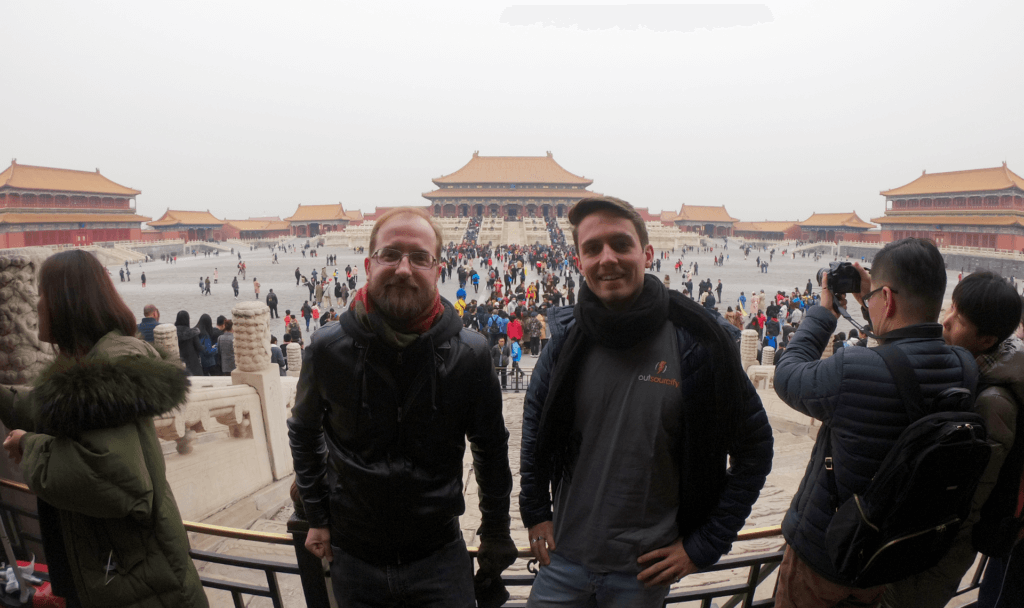
Summary
This experience allowed us to grow even more our range of contacts and the types of leads we would be able to take on. We learned how to answer such RFPs in a short time period.
We feel confident we can answer and fulfill the requirements of a Global financial institution project requirement, but also other projects of this scale.
Apart from that, this experience allowed us to enjoy the beauty of traveling the world!
So our last words would be, enjoy the view from the Great Wall, the Forbidden City, the old town of Beijing and most importantly, have a Sake! 🙂
